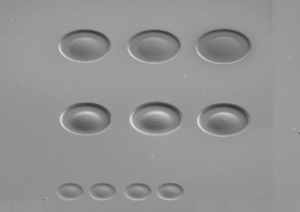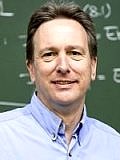A02 – Generation of photonic cluster states from color center-cavity systems

Summary
Project A02 focuses on the investigation of highly correlated states of light and matter, here realized as a bottom-up toolbox for light-matter and light-light entanglement. The central basic element consists of an entangled state of a single photon and a single electron spin of an individual defect center in diamond. This basic element will be concatenated in time to create a highly cooperative quantum state of light, i.e., a photonic cluster state. Such a cluster state arises due to the collective coupling of subsequently emitted photons to a common degree of freedom, i.e., the entanglement with the same single electron spin. In a medium-term perspective quantum-cooperative effects will be used to create matter entanglement first and higher dimensional cluster states built from this resource.
Project Leaders
Christoph Becher
Universität des Saarlandes
66123 Saarbrücken
- Phone number: +496813022466
- Email: christoph.becher@physik.uni-saarland.de
Publications
2022
- , , , , , , , , , , :
Coherence of a charge stabilised tin-vacancy spin in diamond
In: npj Quantum Information 8 (2022), Article No.: 45
ISSN: 2056-6387
DOI: 10.1038/s41534-022-00552-0

